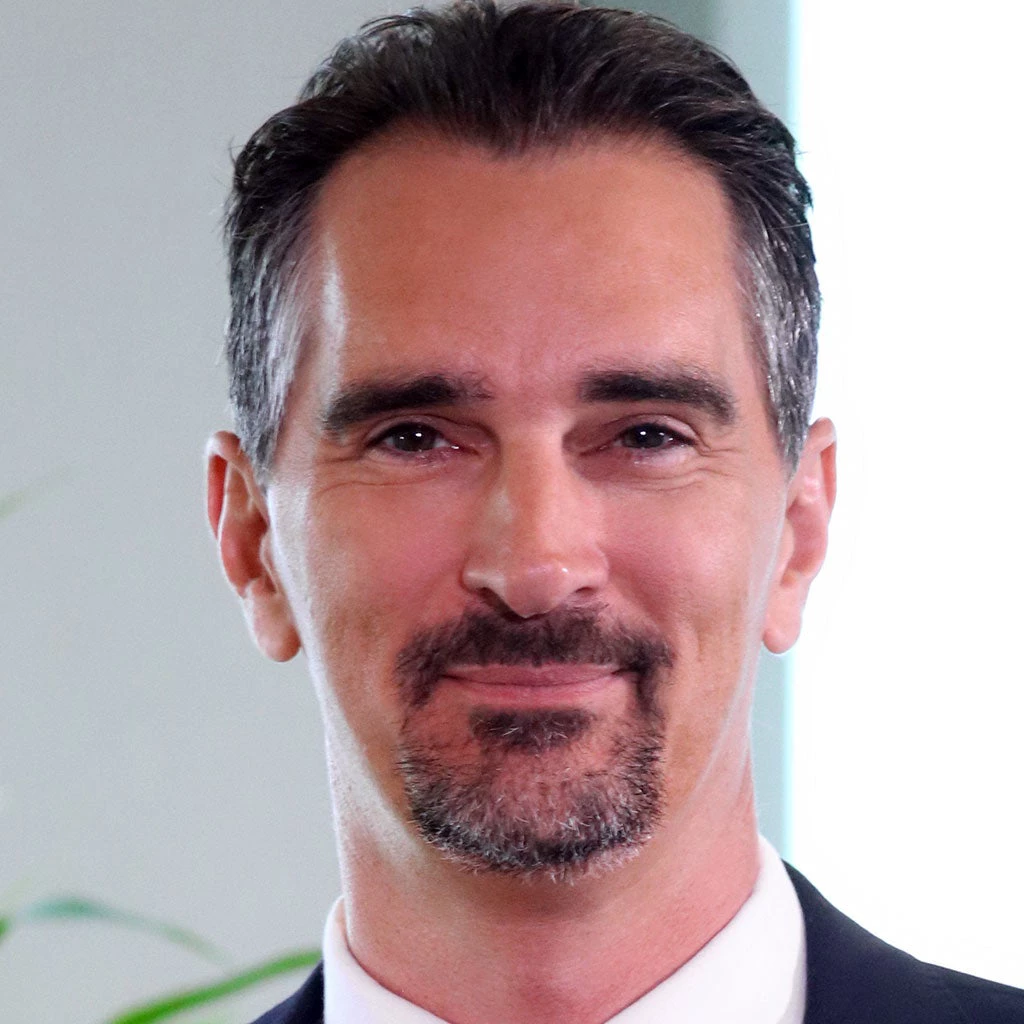 Female students walking near school. | © shutterstock.com
Female students walking near school. | © shutterstock.com
How can a child learn in a school where the walls are crumbling, and the shelves are barren of books? That was the question I faced when I led a World Bank team on a visit to schools in Cali and Tumaco, Colombia last year. You may have heard of Cali, the country’s 3rd largest city and Salsa Capital of Latin America—it’s home to Grupo Niche, the Delirio show, and the Cali Fair. But Tumaco, a small port city, just one-tenth its size, located on the Pacific coast, is almost certainly not on your radar screen. Both Tumaco and Cali have large populations of Afro-descendants, who have historically suffered from exclusion stretching back to slavery in colonial times.
In the schools we visited in both cities, I was impressed by the dedication of the teachers and principals we met, as well as by the energy of the children. In Cali, we chatted with a group of 10-year-olds who were very sharp. Sadly, these students with so much promise were housed in school buildings that seemed literally falling apart, with decaying chunks of concrete hanging from exposed rebar. Worse still, the kindergarten classes we visited had an open-space design, making the reverberating noise of the children so loud that mere thinking seemed impossible. And we spotted few books anywhere.
This situation—dilapidated classrooms and scarce learning materials—would be inconceivable in the private schools where wealthy Colombian families send their children or the well-funded public schools in the capital city of Bogotá. While in Colombia, I became convinced that the country’s elite, who live primarily in Bogota and send their children to private schools, cannot imagine how dire conditions are in the public schools beyond the capital.
When I returned to my home in Bogota, I put together a paper documenting the vast gaps in learning within Colombia. In it I estimated the levels of “learning poverty” at the local level. A child is “learning poor” if they cannot read and understand a simple text at age 10. “Learning poverty” is the share of children who are learning poor. The World Bank, with partners, has calculated these numbers worldwide at the national level, and they have proven a valuable tool to communicate the depths of the learning crisis. My paper provides the first estimates published for any country at the local level.
Sixty-one percent of children at age 10 in Colombia are learning poor. In some places, learning poverty measures around 20 percent—similar to some high-income countries. However, there are many municipalities where learning poverty exceeds 90 percent, a level common in sub-Saharan Africa.
Learning poverty is highest in places that have been roiled by violence, experience high levels of other forms of poverty, and have large populations of Afro-descendant and indigenous Colombians. (Unfortunately, these factors overlap.) The scatterplot below, with a dot for each municipality, shows that children tend to be learning poor in places that are poor along many dimensions.
Figure 3: Learning Poverty vs Multidimensional Poverty by Municipality

I also show the large gap between public and private schools. In any given city, among those attending school, the share who can read and understand a simple text at age 10 is about 30 percentage points lower in public schools than in private schools. And according to school principals, in public schools learning is far more likely to be hobbled by a lack of school materials and adequate buildings.
My findings emphasize that Colombia has a long way to go to give all children the chance to learn and succeed. The World Bank has started implementing the Program for Results lending project to support Colombia’s Learning for All program (Program Todos a Aprender), targeting disadvantaged schools like those I visited in Tumaco and Cali. I hope my findings can help Colombians from more privileged backgrounds appreciate the depth of the learning crisis they rarely see firsthand.


Join the Conversation